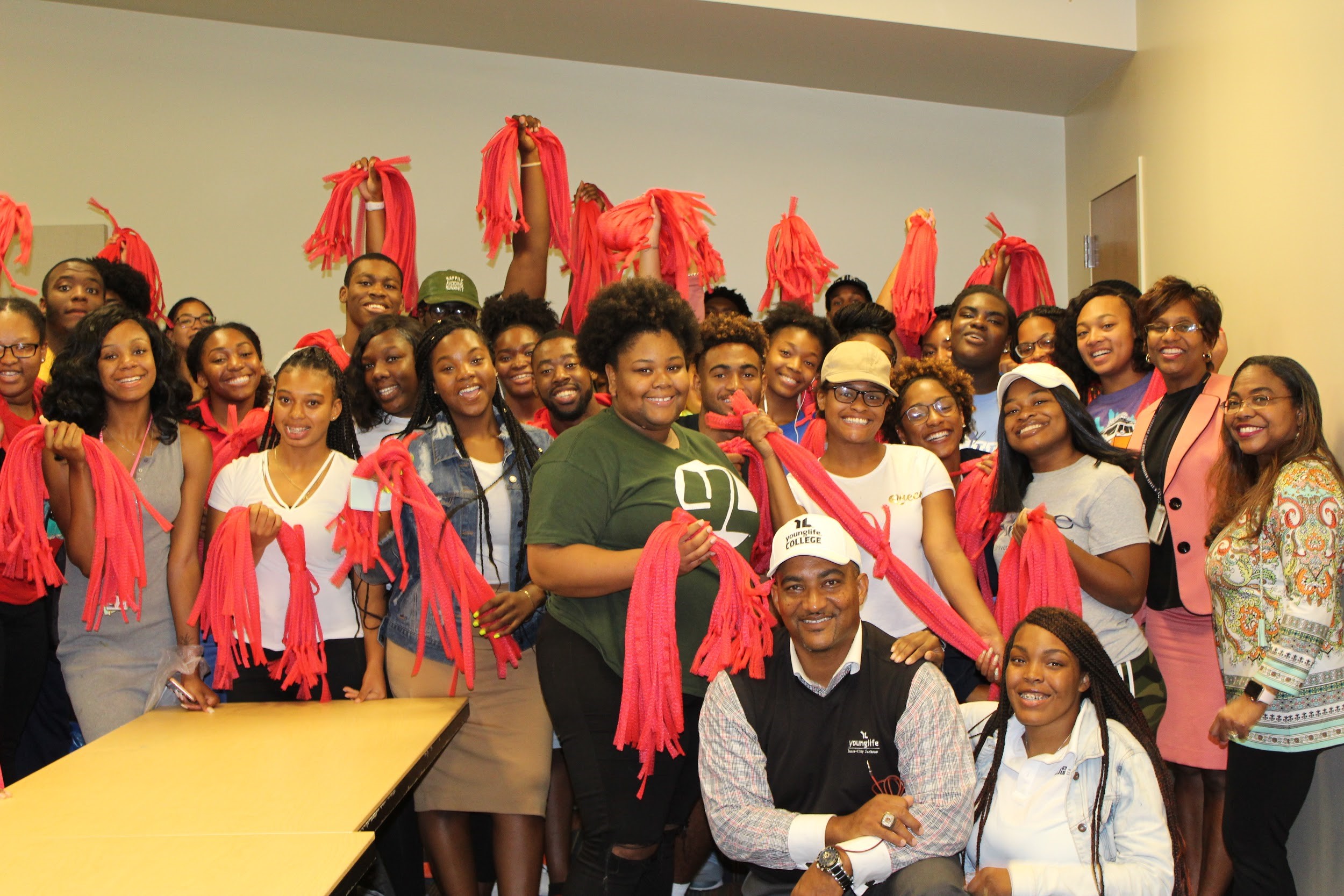Through the Mississippi Gleaning Network, gleaning supervisors coordinate volunteers across the state to enter fields and groves after farmers have finished harvesting to pick up tons of good produce left behind. Volunteers represent groups from various religions, church denominations, youth groups, corporate and civic organizations, individuals, and inner-city residents. Often those who receive food participate in our gleaning events.
Historically SoSA has been an outlet for local churches to be involved in local mission work. As the program grows they encourage food pantries to make use of the large number of volunteers they receive. Corporate groups and educational institutions do join us as well. They utilize speaking engagements to present the drastic need for hunger relief and the incredibly simple opportunity to glean the fields. Most groups, due to that entrepreneurial spirit, are eager to get into the fields and help feed their neighbors in need.
Volunteer Recruitment
SoSA’s main source of volunteers is from established groups and affiliated organizations that are already interested in food security and rural health. Farms and agencies are also a priority to recruit from and each has a different strategy. In order to be a volunteer, recruiters simply ask them to go to our website and to fill out a liability waiver. Colleges, churches, and hunger-affiliated organizations have volunteers that are more likely to come out collectively than individually and allow for recruiting to larger pools of volunteers. The Program Coordinator and VISTA, recognizing the opportunity these organizations present, travel to events, such as college fairs, church mission conventions, and nonprofit workshops, to advertise for open positions in that area. Since SoSA is a faith-based organization, pre-existing connections with Methodist churches and schools make the ideal way to find multiple volunteers. Specific strategies SoSA uses are below.
● For churches, this can be speaking on Sunday with a short “minute for mission” dialogue to say thank you and to remind the congregation of what it is that SoSA does.
● For colleges, there are opportunities to visit career fairs to reach out and find volunteer coordinators as well as volunteer gleaners. There are a large number of students who need to fill their volunteer hours to graduate and can do so with SoSA. Gleaning provides community service opportunities for those who are mandated to fulfill them and for those who seek to do good for the community.
Volunteer Engagement
They have a very active social media presence. They use it to not only communicate opportunities that are coming up but also to highlight and celebrate volunteers that have chosen to serve. They also offer Harvest of Hope mission trips to give volunteers the opportunity to serve, to become more educated about hunger and to immerse themselves into the hunger relief efforts in their local community.
Volunteer Retention

Retention is the most polarized area of our program because volunteers either love or hate gleaning. Gleaning is farm work. Some people enjoy getting outdoors and dirty, however, some don’t. Most people will either volunteer once and not again, or will volunteer repeatedly. Regardless of their intent to return, SoSA encourages volunteers to at least try gleaning at least once. Seeing food in the fields truly opens your eyes to what’s available around you.
Volunteer Appreciation
On the day of gleaning, the coordinator will stress the importance of the work they do to volunteers and thank them for their time and consideration. It is a small thank you but can lead to a better overall experience knowing that the food they helped pick will put food on somebody’s table. After a volunteer event, a thank you is posted through social media with pictures and information including pounds collected and locations of distribution. Every year, they host an annual event held just for the volunteers that have contributed at one point. The event is simply to honor those who support SoSA, to say thank you in the bigger way, and provide an evening of fun and community.
They like to invest in our recurrent volunteers. They also work to identify barriers to their success which sometimes takes the form of name tags, buckets, and work gloves. They’ve tried to determine what our volunteers love the most and help them works towards it. They also encourage our volunteers to pick their favorite pantries or soup kitchens to send their gleaned food to after an event. This gives volunteers some autonomy and allows them to support their favorite charities.
Volunteer Retention
Repeat gleaners and volunteer area coordinators are often found through existing partnerships with local churches or colleges. This way, whenever they have a need for activities for volunteers, we can provide them with meaningful work. The approach SoSA takes is to capture people’s interest with facts and information about hunger and poverty in America. When the right people are informed, they will rise to the occasion and help make a difference in their community. When those volunteers get a chance to see for themselves what SoSA does, and are actively involved in gleans and events, they are more likely to stay with the organization. Those volunteers may be interested in a permanent volunteer position within their community coordinating local gleanings part-time. It takes passionate people who understand the issues and are willing to make a change in their own lives.


